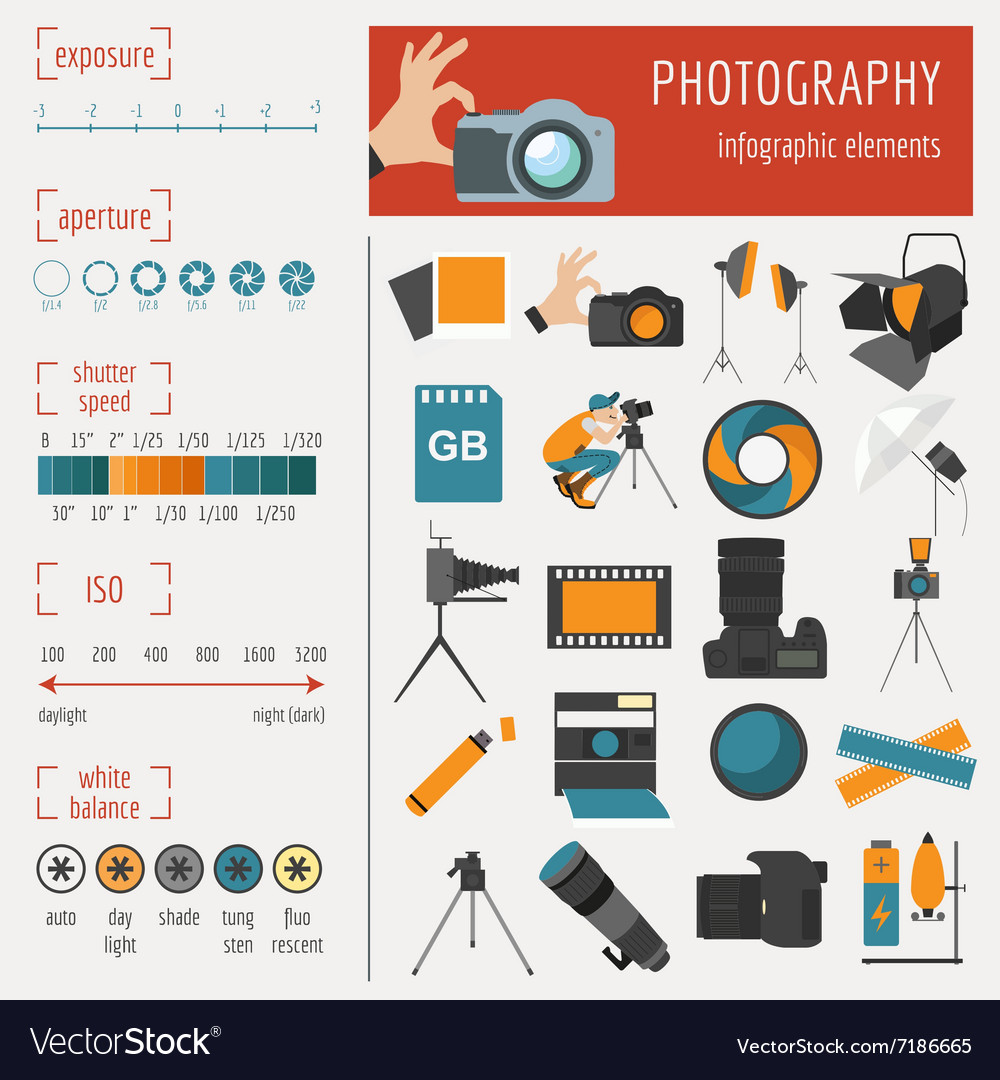What Every Professional Photographer Must Find Out About Illumination
What Every Professional Photographer Must Find Out About Illumination
Blog Article
Article Writer-Rogers Brady
As a digital photographer, you know that illumination can make or damage your images. Recognizing the subtleties of both all-natural and fabricated light is crucial for capturing the state of mind and quality you aim for in your work. Whether you're going after the perfect gold hour glow or adjust your man-made arrangements, mastering these components can raise your photography significantly. Yet there prevail mistakes that several overlook, and identifying them can change your approach to every shoot. Allow's explore what you may be missing out on and how it can affect your results.
Recognizing All-natural Light
Understanding all-natural light is critical for any photographer wanting to boost their job. It's the structure of terrific digital photography, affecting mood, tone, and quality. When you fire outdoors, focus on the moment of day. The golden hour-- shortly after sunup and before sunset-- supplies soft, warm light that can change regular scenes into magnificent images.
Don't undervalue the power of cloudy days. Cloud cover diffuses sunlight, creating a soft, even light that's excellent for pictures and macro digital photography. You'll discover colors pop in this sort of lighting without rough shadows.
Placing issues, as well. Constantly consider your topic's positioning to the light. If the sunlight's behind your subject, you might wind up with a shape, which can be dramatic but mightn't be what you desire. On the other hand, straight sunshine can create unflattering shadows.
Trying out angles; often, transforming your perspective can produce remarkable results. Use natural reflectors, like water or sand, to jump light onto your subject, including dimension.
Mastering Artificial Light
Grasping synthetic light is necessary for photographers that intend to take their skills to the following level. Whether you're making use of speedlights, workshop strobes, or continual lights, understanding exactly how to control these resources can substantially improve your photos.
Beginning by acquainting on your own with the essentials of light quality, instructions, and shade temperature level. Explore different modifiers like softboxes, umbrellas, or grids to control the gentleness or violence of the light.
https://www.thenation.com/article/society/immigrants-coronavirus-photography/ 'll find that soft light often creates complementary results, while harsher light can include dramatization and depth. Don't shy away from shadows; they can enhance the three-dimensionality of your topics.
Pay close attention to the positioning of your lights. A light positioned too close to your topic can produce uncomplimentary results, while also far away can result in a lack of information. Make use of a light meter or your video camera's pie chart to guarantee you're revealing appropriately.
Lastly, remember that artificial light can be blended with ambient light for creative impacts. Stabilizing these resources might take technique, once you understand it, your photography will genuinely shine.
Methods for Different Circumstances
When you enter different capturing scenarios, adapting your lights methods is important for recording the very best images. For outdoor pictures, use the gold hour-- early morning or late afternoon light-- to soften darkness and improve complexion.
If it's a rough lunchtime sun, take into consideration making use of a reflector to bounce light back onto your topic or seek shaded areas for an extra even exposure.
In low-light circumstances, like indoor events, raise your ISO and make use of a large aperture to let in more light. https://writeablog.net/charis97eldridge/essential-photography-equipment-what-you-truly-required-to-get-started can assist get rid of camera shake, enabling longer exposures without obscuring.
If you're contending evening, trying out off-camera flash to develop dynamic lights and deepness in your pictures.
For product digital photography, utilize diffused illumination to stay clear of extreme reflections. Softboxes or light tents can aid achieve this result.
When photographing landscapes, think about the instructions of light and time of day, as it can considerably transform the mood of your shot.
Constantly be ready to adjust your setups and positioning based upon the circumstance, as flexibility is crucial to mastering illumination in photography.
Conclusion
In conclusion, understanding illumination is crucial to raising your digital photography abilities. Accept natural light's elegance during gold hour, and do not shy away from try out fabricated light methods. By adjusting your technique to various situations, you'll capture magnificent images that reverberate with emotion and clarity. Bear in mind, the appropriate lighting can transform a normal shot into something amazing, so keep practicing and fine-tuning your understanding of both natural and artificial light. Satisfied shooting!
